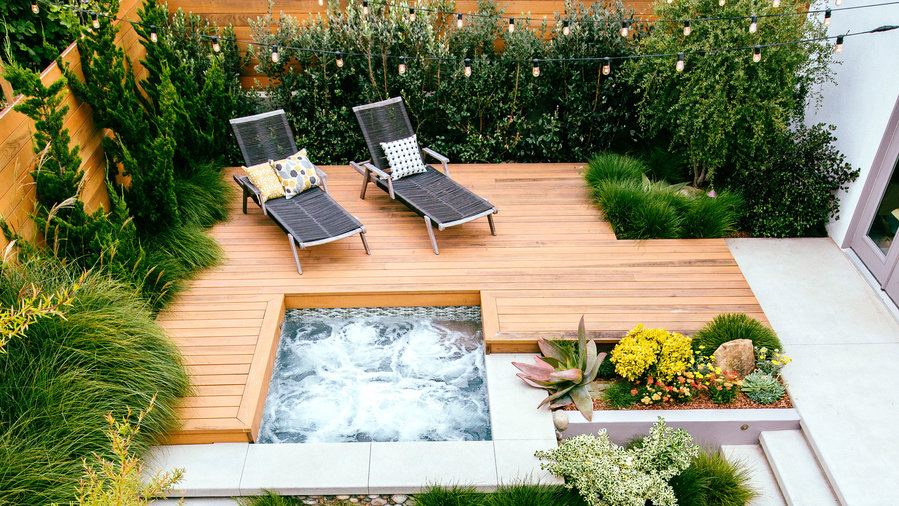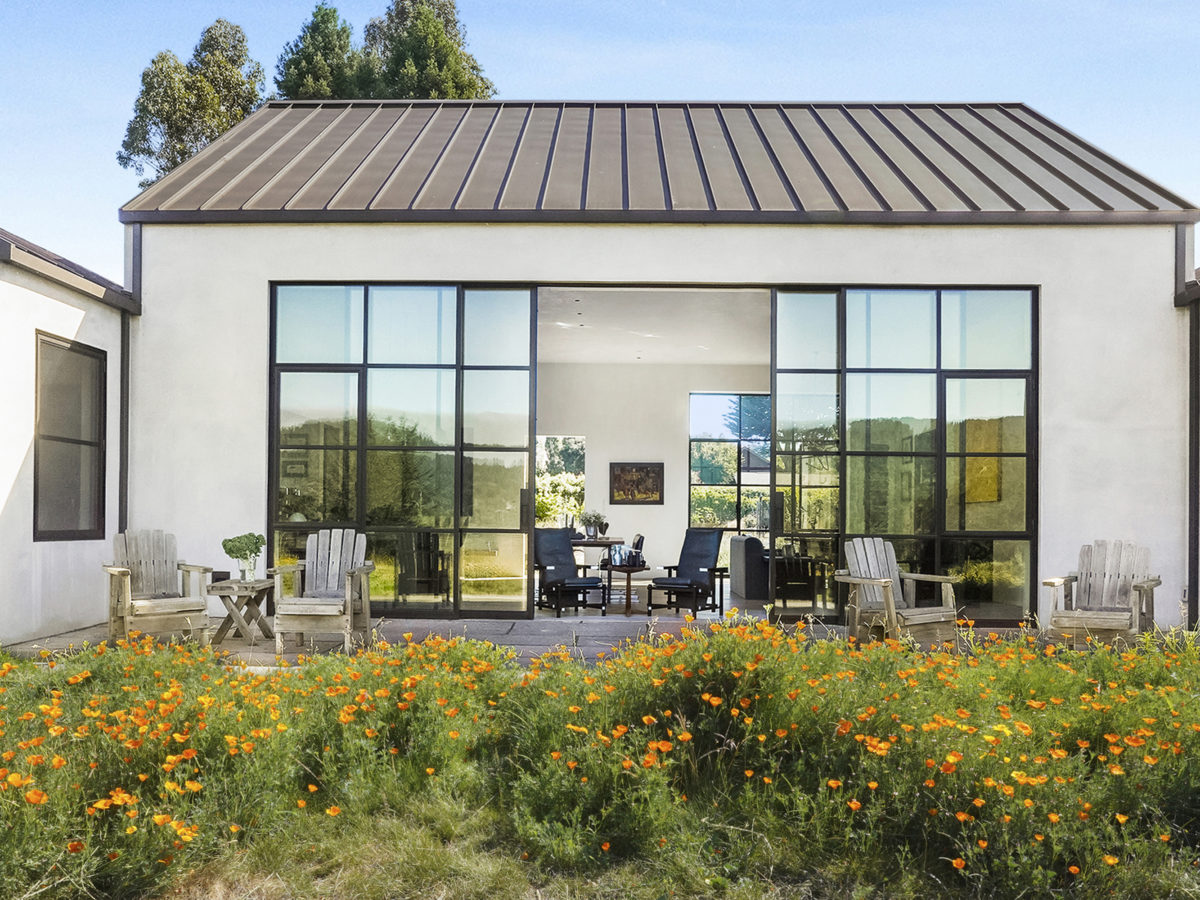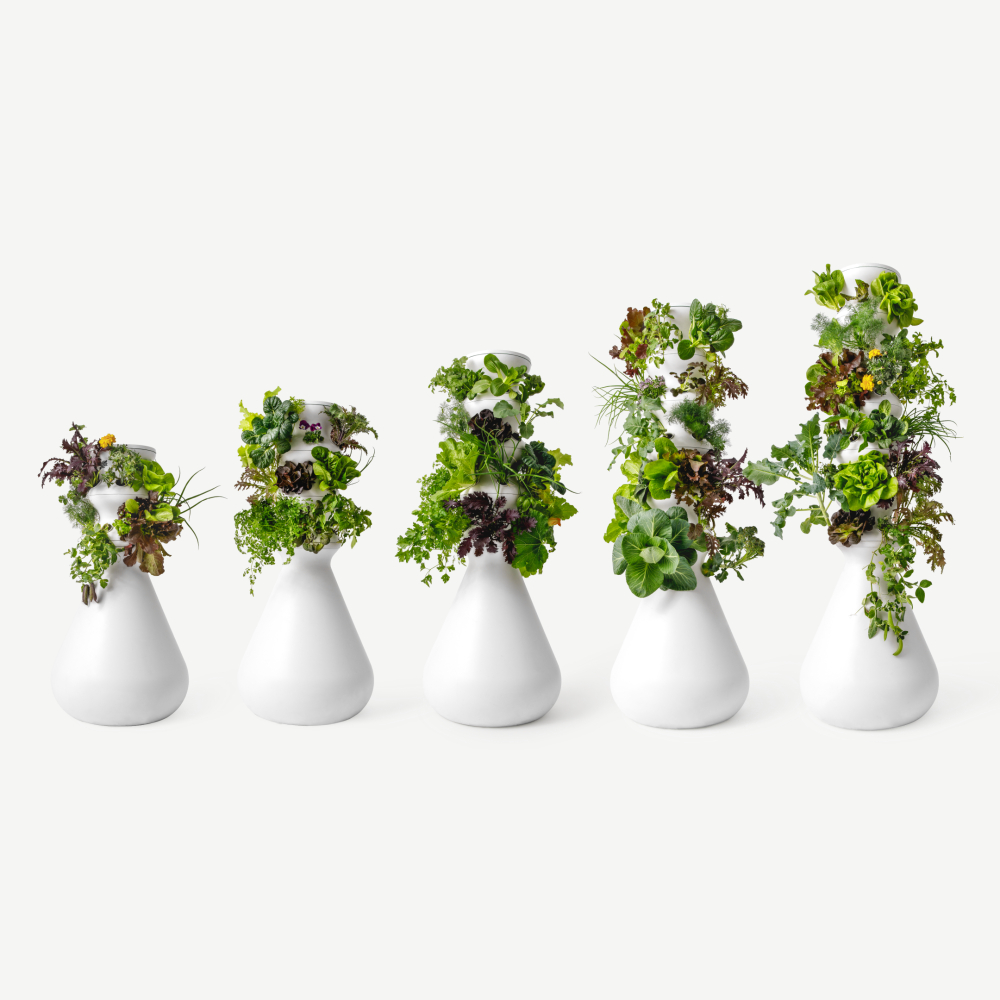
3 DIY Small-Space Garden Ideas That Will Make a Big Statement
Just because you have a small garden, don’t despair. Tiny can be mighty, too!

Rob D. Brodman
Have you ever heard that planting a small garden is like writing a short story instead of a novel? Well, I hadn’t either—until Los Angeles designer Adam Sirak said it—and I think it’s brilliant. “Some people might think they can’t have an amazing garden or that it’s not worth the trouble because they don’t have a big space,” Sirak says. “But a small space only means you have to take all your ideas and distill them down to a concentrated big idea.” He adds that, as with a short story, there’s no room for filler, and each choice must be thought of in relationship to the whole. “In this way, a small space can be a very exciting puzzle to put together,” he says.
That said, we’re not all professional landscape designers, and a garden the size of a postage stamp can lead to major overwhelm. That’s why we asked the pros what they’d do for the following situations: a tiny backyard, a patch of dirt, and a small patio or balcony.
The Tiny Backyard

“A postage stamp-sized garden can easily become your go-to cozy space,” says Dani Coulter of San Francisco’s Collecting Flowers. “Remember that your small garden space has the ability to be ‘zoned out,’ which will make it feel larger,” she adds.
If you’re handy, she says to try building a small modern pergola of 2×2 boards to create a lounge zone. Add a swath of gravel for a path along with walkable groundcover like moss, chamomile, or Dymondia. “Throw in a fabulous comfy chair and voila! You have a spot for a mid-afternoon nap,” Coulter says.
Other ideas include using a strong fence as a wall for a custom play, or doghouse—or, even better, espaliering lemon or apple trees to grow fruit. Finally, Coulter suggests installing a few raised troughs and using them as containers for edibles or perennials.

Thomas J. Story
The most important thing when it comes to a small garden space, says Sirak, is to think about what you’ll use the most and what’s important to you. “It could be a small seating area for relaxing, an outdoor grill for the at-home chef, or a small cedar soaking tub,” he says.
An inviting seating area is usually the priority, he adds. “This instantly adds an additional ‘room’ to the house.” A seating area can be as small as a chair and a little table for a drink, or bench seating for guests. “What’s key is to design the space so that it feels like an outdoor room, which helps you feel like you are inside the garden and not outside looking in.”
The Patch of Dirt

Courtesy Butler Armsden Architects
If you have a patch of dirt to contend with, Coulter suggests creating a fragrant meadow with plants like blue fescue, Lomandra, Salvia, Santolina, and Artemisia. “Add a boulder or two for height, contrast, and a place for the plants to cascade over and a sweet redwood stump to compete this dynamic little garden, which will give you a spot to relax with a cup of coffee and watch the pollinators do their thing,” she says.
The Balcony or Patio

Courtesy of Christian Douglas Design
“When it comes to a balcony,” says San Francisco designer Christian Douglas, “the most important question is: Can you grow vegetables, how, and what should you grow?”
Happily, providing you have 8-10 hours of sun a day, you can grow pretty much anything if you have healthy soil and water. “Then the question becomes, is the juice worth the squeeze?” Douglas says.
I certainly think so. A Sungold tomato on the balcony can inspire California dreams and will grow in a 10-gallon plant pot. “We certainly have grown these successfully on small decks, but they need constant pruning,” says Douglas.
Root vegetables, like carrots and turnips, can do well in deep, well-drained planters, along with leafy greens like kale, arugula, chard, or lettuce. (“In the summer months, they can go to seed when the temps remain consistently over 75 Fahrenheit,” Douglas warns, “so be sure to water regularly or keep those for their preferred cooler growing seasons of spring and autumn.”)
And finally classic, Italian aromatics like thyme, rosemary, oregano, and basil are all great balcony choices plus they can season your salad dressings, pizzas, and caprese salads. Mint or lemon balm are fail-safe options for sunset cocktails or morning teas.

Courtesy of Lettuce Grow
Another way to go if you’re interested in growing vegetables? Try a vertical hydroponic garden. At home, we call it our “salad tree,” and are consistently impressed with how much food it can make.
Meanwhile, a small balcony or patio is a great opportunity for a potted garden. “Think of the space like a showcase for interesting pottery and planters and a collection of plants that are appropriate for the space,” says Sirak. To create a striking composition, he says to stagger your plants at different heights and to make little vignettes of complimentary colors and textures so it looks considered and organized. An outdoor (washable) rug or some modular teak decking tiles will dress up the space and define the floor. (“Like an area rug does for your living room,” he says.) If you have the space, add a small iron cafe table and chair and top that with a portable LED lamp for ambiance. “Once again,” he says, “you’ll have another destination for your house.”
“When you think about it, a small space can be a very exciting puzzle to put together,” Sirak says. The enjoyment you get out of your new garden space can be monumental, even if the footprint is small.
